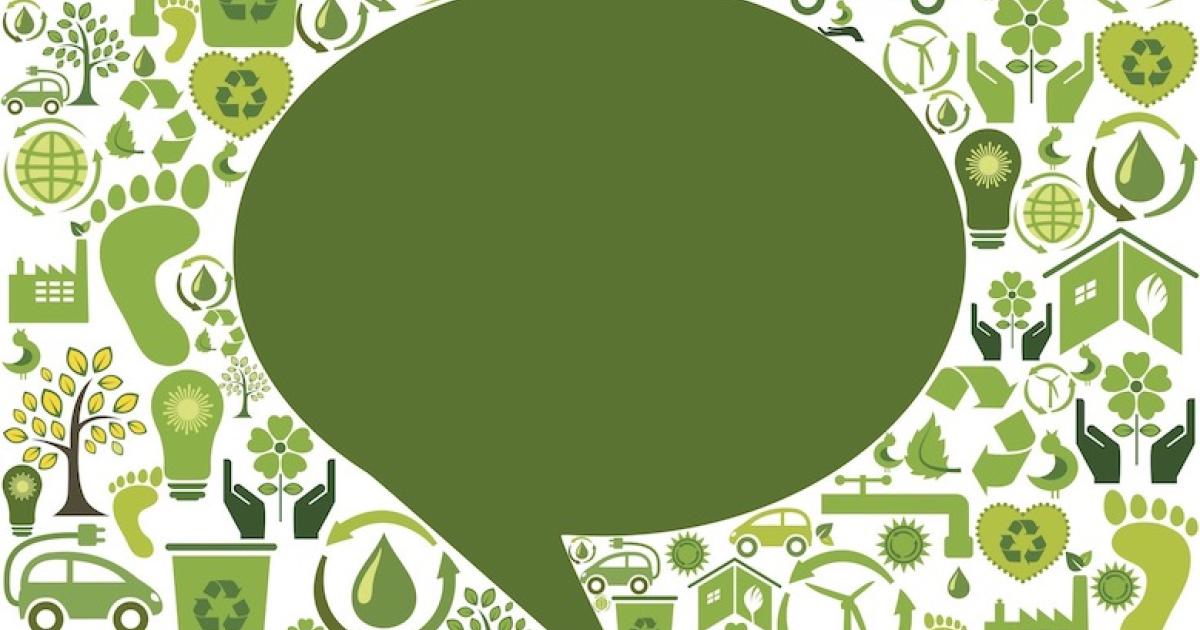How to get the credit you deserve

The International Data Corporation (IDC) forecasts that global spending on ESG business services will hit $158 billion in 2025. And that’s just the professional services side of measuring, embedding and managing ESG, and doesn’t include investments in hard assets related to ESG, like infrastructure and technology.
Specific to climate, McKinsey recently published a report noting that today capital spending to reach net-zero emissions is already at $5.7 trillion annually and will need to nearly double to $9.2 trillion annually over the next three decades to actually achieve net-zero emissions.
In short, companies are spending a lot of money to create a sustainable future. And they should get credit for it. Consumers and customers should want to buy from companies leading the charge on sustainability, investors should want to invest in them and the best employees should want to work for these companies.
And, indeed, that idea is true. As noted in Shelton Group’s ongoing surveying of people in America, people want to buy from “good companies” and almost half of us want to be seen as someone buying green products.
But there’s a disconnect.
When we ask people in America what companies should be doing to influence their purchase decisions, their top two answers are related to treating employees well. And when it comes to products, the mental model for sustainability in America is all about recycling – we think companies and products that are good for the environment are ones that recycle or contain recycled content.
We need to bring all people along in the fight and shift behaviors overall, not just buying behaviors.
Now, recycling and employee treatment are certainly important components of an enterprise ESG program – and both very worthy in their own right. But I would wager that’s not where the bulk of corporate investment is going. The money is in fighting climate change. And climate change is the existential threat for humanity – the threat that deserves the investment and the fight that deserves props.
In other words, being a climate hero should drive brand preference, sales, investor outcomes and employee recruitment and retention.
But the language we use for all of that doesn’t resonate. In our latest Buzz on Buzzwords surveying (which will be released in the next couple of months), we found that only 34% of people in America claim to understand the term net-zero and only 40% say they understand the term carbon neutral. Those numbers are actually higher than we thought they’d be, but nowhere near as high as the words related to the mental model around recycling: 71% say they understand the term recyclable and 61% say they understand the term recycled content.
So, if you asked us, a sustainability marketing agency, “how can we tell our sustainability story most effectively?” we could look at our data and say, “talk about what you’re doing for employees and promote the heck out of your recycled content and recyclability of products and packaging!”
It’s not that you shouldn’t do both of those things… but:
- If you want to leverage/get credit for the investment you’re making in fighting climate change, you need to communicate about it.
- If we want to actually slay the existential dragon of climate change, it’s an all-hands-on-deck situation. We need to bring all people along in the fight and shift behaviors overall, not just buying behaviors.
Companies and brands need to work over the next several years to expand the mental model from “eco-friendly = recycling” to “eco-friendly = recycling and not burning fossil fuels.” (And at some point, the definition will need to expand to include biodiversity, water use, and more.) The behavior model also needs to expand from “putting my wallet where my values are” to include, “and I take action as well.”
Shelton Group has long advised clients to just make things easy for consumers. Make every product on the shelf better for the planet and just encourage people to buy those products – shopping as activism, so to speak. Now we’re advising that companies do that AND help people in America understand what it means to tackle climate change and bring consumers along in the fight.
This weekend I saw a Domino’s pizza ad promoting the use of electric vehicles for deliveries. That kind of effort is a good start. The next step is for brands like Domino’s to use their social media efforts to help consumers understand why they’re using electric vehicles, what that means for the planet and how they, the consumers, can also reduce their fossil fuel use.
THAT’s how we’ll fight climate change.
The post "How to get the credit you deserve" appeared first on Trellis

